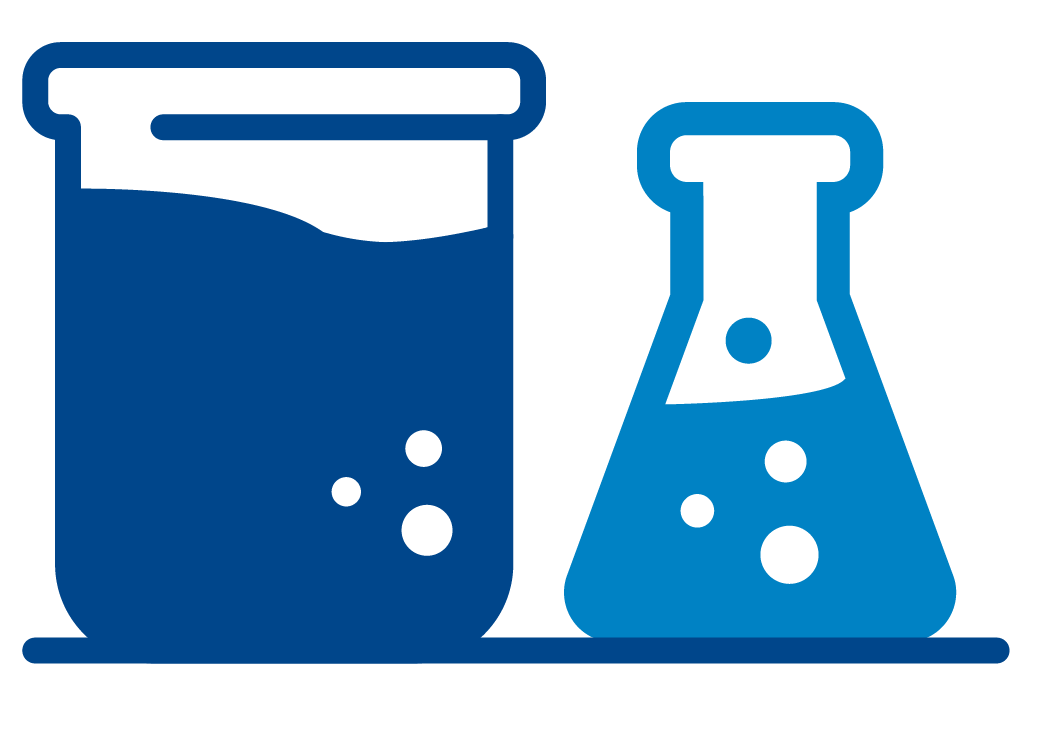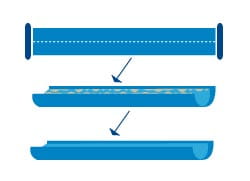Optimizing Your Corrosion Control for Lead and Copper Rule Compliance
Since 1991, US EPA’s Lead and Copper Rule (LCR) regulations have been used to protect public health by minimizing lead and copper exposure in drinking water. Lead in drinking water continues to pose a threat to the health of our communities. On October 8, 2024, the Biden-Harris Administration issued a final rule requiring drinking water systems nationwide to identify and replace lead pipes within 10 years. The Lead and Copper Rule Improvements (LCRI) also mandate stricter water testing and a lower action level threshold to protect communities from lead exposure.
While no two water systems are the same, the tools for evaluating and assessing corrosion control performance are quite universal. Let’s dive into corrosion control treatment (CCT) optimization and weigh each method’s application considerations.
Step 1: Assess Your Existing Corrosion Control Method
Before a utility can begin to optimize its corrosion control, it must first analyze the effectiveness of its existing treatment strategy. To do this, there are four established methods and a combination of these methods will provide a comprehensive look at your existing CCT.
Water Q uality & Desktop Studies
uality & Desktop Studies
To protect customers from exposure to lead and copper in drinking water, utilities must have a holistic understanding of where the lead is, why it’s leaching into the bulk water in a pipe, and how the current CCT strategy can be optimized. A good way to begin that investigation is with a relatively inexpensive water quality study.
How it works: Water quality studies begin with a thorough analysis of water quality data that might affect a utility’s corrosion control treatment and a complete history of lead results. At CDM Smith, we use a model to evaluate the effectiveness of multiple corrosion control scenarios (What would happen if I raised the pH? How about if I added a dose of orthophosphate?) and run tests of those scenarios to determine the estimated reduction in soluble lead based on the water quality changes.
What limitations should I consider? A water quality study is a smart first step that can provide a lot of valuable information at a low cost. But like most broad-based data collection projects, results must be standardized and checked thoroughly for accuracy. While desktop studies work to test a wide range of scenarios for lead release, this method only works to evaluate soluble lead for systems with carbonate chemistry or those with phosphate-based scales from orthophosphate treatment. It cannot evaluate particulate lead, which is often random and difficult to predict, or other types of scales such as tetravalent lead scales.
 Scale Analysis
Scale Analysis
Scale analyses use harvested pipe with existing scales to provide a deeper understanding of scale makeup and how it’s been affected by factors like coagulants, water chemistry, water usage and disturbance to the pipes.
How it works: This method requires a utility to harvest a section of a lead service line and send it to a lab or qualified academic institution. Then, like rings of a tree, layers are peeled back to uncover a history of scale formation and the impact of CCT on that segment. Once completed, scale analyses can help utilities determine how future corrosion control changes might affect their existing scale.
What limitations should I consider? Keep in mind that because the scale analysis results only provide a snapshot in time, utilities will need to combine with other methods such as a water quality study or sequential sampling to understand how the scales are changing or they will need to test their scales every few months to assess the effectiveness of any ongoing CCT changes.
 Sequential Sampling
Sequential Sampling
First-draw water samples only account for the first liter of interior piping, which typically does not represent the highest levels of lead in a home with a lead service line. The water sitting in a lead service line—which is typically the highest lead contribution—may not reach the tap until the 5th to 8th liter. Sequential sampling accounts for this shortfall by sampling the full home plumbing and service line, from tap to main, and provides a much better picture of how well a utility’s corrosion control treatment is performing.
How it works: To perform a full sequential sampling program, a utility first needs to identify a group of resident partners with lead-containing plumbing who will allow samplers into their home on a regular basis (monthly or quarterly) and will be willing to perform the required 6-hour stagnation.
Once the homes have been identified, a full survey from the home’s tap to the street must be completed. This information is then used to calculate the volume of water in the line, the number of samples you’ll need and what the contributing factors are in each sample. Samplers then collect samples continuously from the tap until the entire volume of the service line is collected.
What limitations should I consider? This method demands active cooperation from resident partners, including relying on them to follow strict sampling protocol (most significantly, refraining from using any water for at least 6 hours before sampling is performed) and making a long-term commitment to allowing testing to be performed in their home.
Step 2: Evaluate Your Corrosion Control Alternatives
Once you’ve assessed the effectiveness of your current corrosion control treatment and determine whether or not it is optimal, you'll want to screen alternatives using either coupon studies or pipe loops if you need to make any changes.
This step will become much more important than in the past, since EPA’s impending changes will likely state that blended and polyphosphate inhibitors must require a minimum of one part of orthophosphate to maintain compliance.
Coupon Studies
Coupon studies can be a useful additional screening tool to narrow down the orthophosphate dose that would work for a given utility.
How it works: Pre-weighed steel and lead test strips are dipped in water beakers with varying water quality scenarios and mounted in a specially constructed coupon rack that moves to mimic the water flow in a distribution system. Each sample is evaluated for lead leaching levels by comparing the initial metal corrosion weight after a set exposure duration.
What limitations should I consider? Unlike the other alternate options available, coupon studies do not use flowing water and as such are unable to mimic realistic conditions that represent household use. And because you’re starting with brand new metal, there will be no representation of the impact to the existing scales that have built up in the pipes due to a corrosion control treatment adjustment.
 Pipe Loops
Pipe Loops
Pipe loops are one of the most effective methods of corrosion control treatment analysis based on their ability to mimic actual water use in a customer’s home. This method uses harvested lead pipe, which also means that utilities can accurately factor in the appropriate scale history into their CCT optimization strategy.
How it works: Harvested segments are carefully transported and installed on a pipe skid, taking care not to disrupt the existing scale. A system pumps water through the pipe loop and samples are collected to evaluate different corrosion control treatment strategies through side-by-side loops. Operators can adjust water use and water quality and mimic disturbances or extended stagnation periods to observe the performance of alternate CCTs.
What limitations should I consider? Pipe loops require a investment of resources and time. If you want to test for multiple corrosion control inhibitors, you will need to build pipe loops for each condition. These systems also take time to stabilize, so studies are often run for a year or more before any CCT changes can be deemed effective, adding to an already hefty price tag.

What really gets me excited is when we put our heads together as a team to come up with problem-solving solutions for our clients.

With drinking water treatment, you can’t play experiments on the public. Public health is too important, and you have to get it right.








